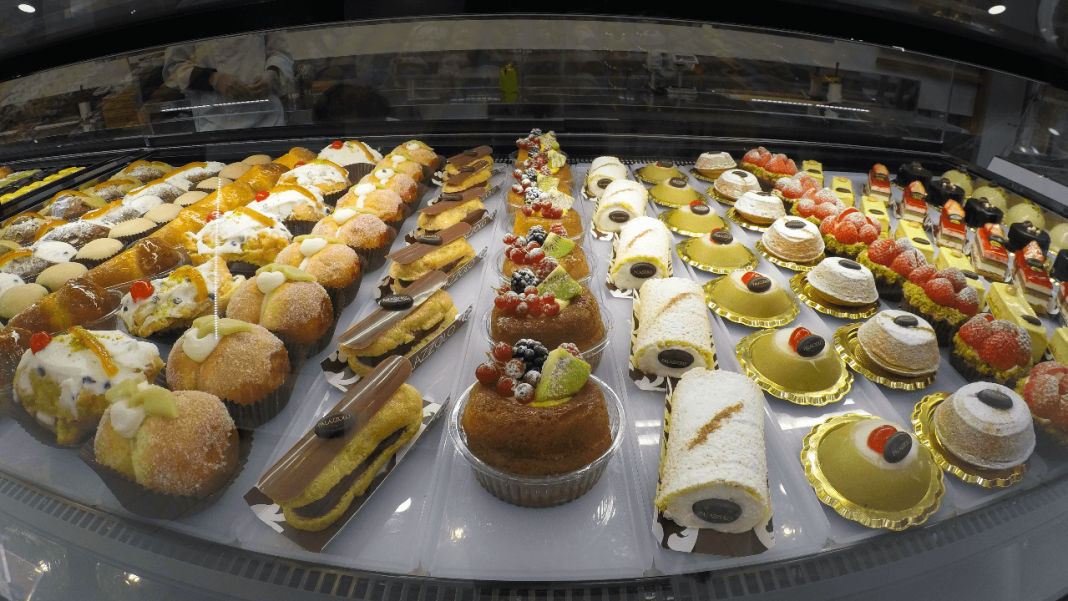Festivals are a cultural reflection, a tourism experience, and a sense of community gather at the same location all over the world. Food is one of the most significant aspects in such events that bring people together through the aid of common tastes, rituals, and memories. Candies are used to symbolize a happy state and the dishes are brought out as a gift, each of the recipes is a story linked to the place of origin of the culture. Whether it is Mithai of Diwali, roasted turkey of Thanksgiving or the mooncakes of the Mid-Autumn Festival, the festal foods are an emotional and cultural appeal that does not stand on the eating table. They are the connection between generations, the identity bearers, and the ones that make each party memorable.
The Cultural Connection Between Food and Festivals
The world tends to use food as a universal form of gratitude, peace and enjoyment. The religious part of the festivities is the preparation of festive food in which the preparation of the traditional family meal is the duty of the entire family. Such feasts do not only portray culinary skills, but also history, beliefs, and values of every community. Preparation of these meals is usually in memory; it is the exchange of love and bringing families even closer.
Iconic Festive Foods Around the World
Each festival has its signature food. During the Diwali festival along with the Indian festival of lights, the sweets such laddoos, barfis, and jalebis are all around as a sign of prosperity and happiness. In the US, the big feast is made up of roasted turkey, mashed potatoes and pumpkin pie which are the symbol of the Thanksgiving holiday symbolizing gratitude and abundance. Chinese New Year would be incomplete without dumplings and spring rolls that are believed to be a symbol of wealth and good fortune. Similarly, at Eid al-Fitr celebrations, delicacies such as biryani, kebabs and sheer khurma are condoned to Muslims who have now ended their Ramadan fasting season.
Regional Traditions and Seasonal Ingredients
Very frequently, festival foods resemble local harvests and foods. Sakura (cherry blossom viewing) in Japan has sakura hidden in sweets which are spring sweets. Dia de los Muertos in Mexico offers the dead bread, which is a sweet bread with the bone patterns as an offering to the ancestors. The fruits and vegetables available seasonally add freshness and a sense of meaning as well and thus food is never out of connection with the nature cycles.
Food as a Symbol of Togetherness
Tasting was not the only important aspect at the food-tasting of the festival. The boldness of consuming festal food made the people feel like they belong. The process of cooking, sharing, and eating brought families and communities in closer unity. The recipes may be passed out to the other generation thereby preserving the culture and history.



